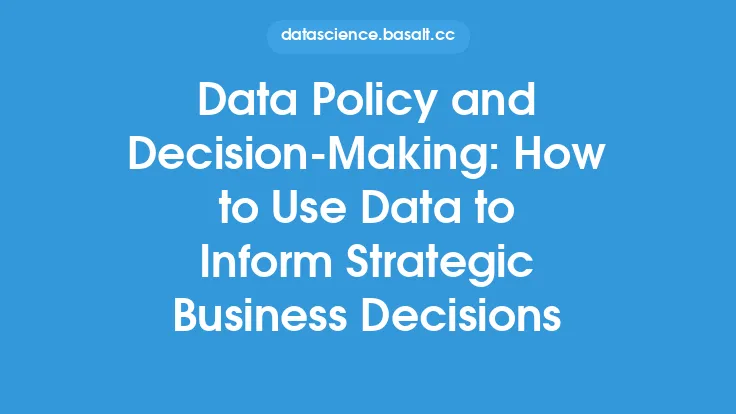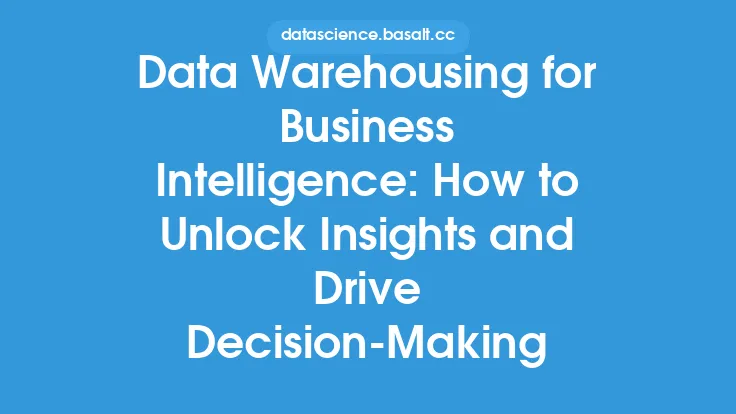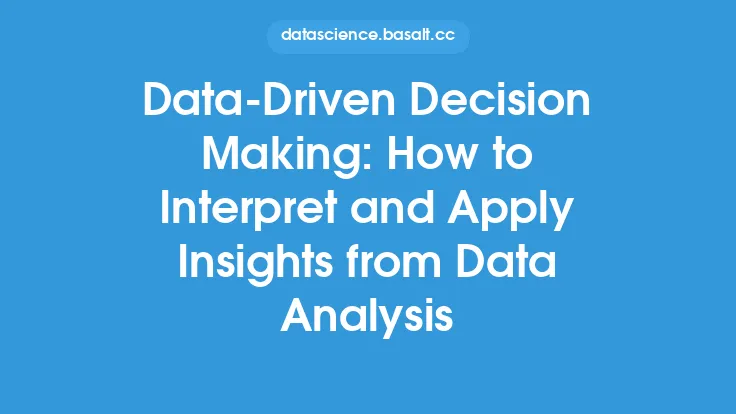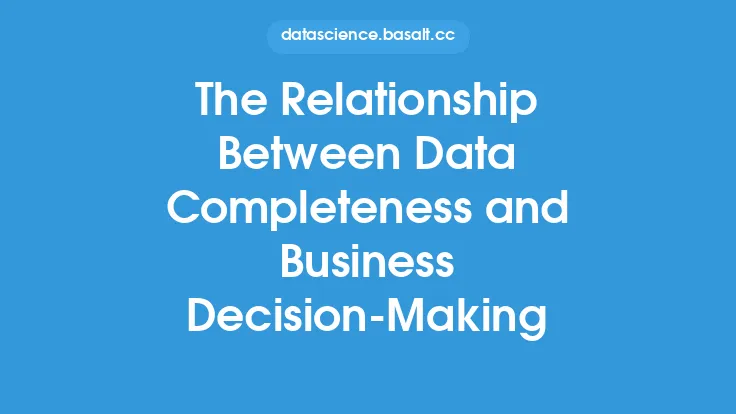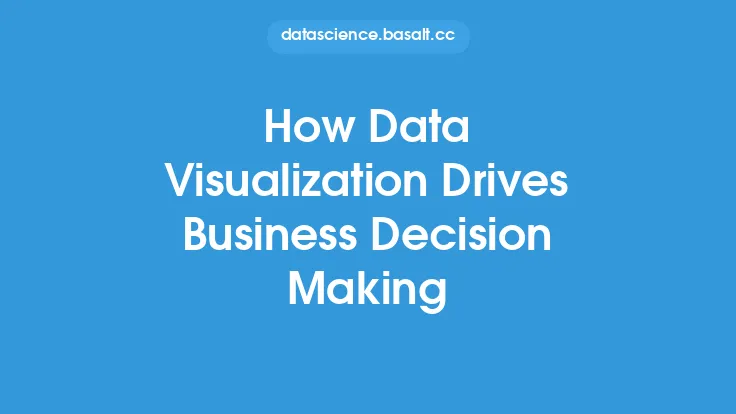The advent of social media has revolutionized the way businesses interact with their customers, promote their products, and make informed decisions. At the heart of this revolution is social media mining, a subset of data mining that involves extracting insights from social media data to inform business strategy and decision-making. Social media mining has become an essential tool for businesses to stay competitive, as it provides a wealth of information about customer behavior, preferences, and opinions.
Introduction to Social Media Mining
Social media mining involves the use of various techniques, including natural language processing, machine learning, and data visualization, to extract insights from social media data. This data can come from various sources, including social media platforms, online forums, and review websites. The goal of social media mining is to identify patterns, trends, and correlations in the data that can inform business decisions. For example, a company may use social media mining to analyze customer feedback on a new product, identify areas for improvement, and make data-driven decisions about product development.
Types of Social Media Mining
There are several types of social media mining, including sentiment analysis, topic modeling, and network analysis. Sentiment analysis involves analyzing the emotional tone of social media posts to determine whether customers are positive, negative, or neutral about a particular product or service. Topic modeling involves identifying the underlying themes and topics in social media data, such as customer complaints or product reviews. Network analysis involves analyzing the relationships between individuals and groups on social media, such as identifying influencers or communities.
Social Media Mining Techniques
Social media mining involves the use of various techniques, including text analysis, clustering, and regression analysis. Text analysis involves analyzing the content of social media posts, such as the words, phrases, and hashtags used. Clustering involves grouping similar social media posts together, such as posts about a particular product or service. Regression analysis involves analyzing the relationship between social media data and other variables, such as sales or customer satisfaction.
Applications of Social Media Mining
Social media mining has a wide range of applications, including marketing, customer service, and product development. For example, a company may use social media mining to analyze customer feedback on a new product, identify areas for improvement, and make data-driven decisions about product development. Social media mining can also be used to identify trends and patterns in customer behavior, such as changes in customer preferences or opinions. Additionally, social media mining can be used to monitor brand reputation, identify potential crises, and develop strategies to mitigate them.
Benefits of Social Media Mining
The benefits of social media mining are numerous, including improved customer insights, increased efficiency, and better decision-making. Social media mining provides businesses with a wealth of information about customer behavior, preferences, and opinions, which can be used to inform marketing, product development, and customer service strategies. Social media mining can also help businesses to identify trends and patterns in customer behavior, which can be used to anticipate and respond to changes in the market. Additionally, social media mining can help businesses to monitor brand reputation, identify potential crises, and develop strategies to mitigate them.
Challenges of Social Media Mining
Despite the benefits of social media mining, there are several challenges associated with it, including data quality, data volume, and data complexity. Social media data can be noisy, incomplete, and biased, which can make it difficult to extract accurate insights. Additionally, social media data can be vast and complex, which can make it difficult to analyze and interpret. Furthermore, social media mining raises several ethical concerns, including privacy, security, and transparency.
Best Practices for Social Media Mining
To get the most out of social media mining, businesses should follow several best practices, including defining clear goals and objectives, selecting the right tools and techniques, and ensuring data quality and integrity. Businesses should also ensure that they have the necessary skills and expertise to analyze and interpret social media data, and that they are transparent and ethical in their use of social media data. Additionally, businesses should continuously monitor and evaluate their social media mining efforts, and make adjustments as needed to ensure that they are achieving their goals and objectives.
Future of Social Media Mining
The future of social media mining is exciting and rapidly evolving, with several emerging trends and technologies, including artificial intelligence, machine learning, and the Internet of Things. These technologies will enable businesses to analyze and interpret social media data in new and innovative ways, and to extract even more insights and value from social media data. Additionally, the increasing use of social media and the growing importance of social media data will drive the development of new tools, techniques, and methodologies for social media mining. As a result, businesses that invest in social media mining will be well-positioned to stay competitive and to achieve their goals and objectives in a rapidly changing market.
